Metal Roofing: Now Mainstream in Commercial Roofing
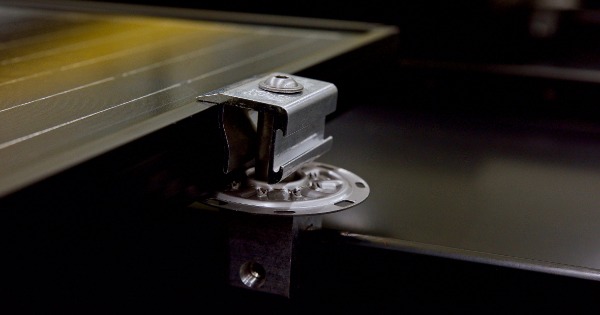
By Rob Haddock, CEO and Founder of S-5!
Metal is becoming the roofing material of choice for commercial buildings due to its durability, sustainability, versatility and more.
In the past four decades, well over two billion square feet of metal roofing has been installed in the United States each year. That number continues to grow year over year – and it’s more than any other roof type except asphalt shingle.
The roots and technology of metal as a cladding material date back more than 3,000 years. It has always been coveted as a premium roofing option but, until more recent history, has been handicapped by higher initial costs than the alternatives. Beginning in the mid-1800’s and continuing to present day, production technologies and the use of aluminum and coated steel sheeting began to narrow the premium price chasm.
Today’s trends point toward evaluating the long-term costs of owning a roof, as landfills are overburdened with former building components discarded due to shortsighted budget-conscious building objectives. The life-cycle costs and environmental appeal of metal truly offer many advantages and, more and more, metal is becoming the roofing material of choice for both commercial and residential applications.
While residential market penetration of metal roofing climbed from less than 2% to more than 13% within the last three decades, non-residential use of metal buildings as measured by the Metal Builders Manufacturers Association (MBMA) to Dodge Primary Construction averages 34% of the market share. MBMA construction represents only a portion of the total non-residential metal roofing market share; however, this figure alone exceeds any other commercial roof type.
Service life & ROI
Metal roofs are known for their durability, environmental sustainability, variant styles and versatility. They are experiencing a great surge in popularity because the life-cycle ownership cost is substantially lower than the alternatives.
Metal roofing for commercial construction is generally referenced as “low slope” or “steep slope.” Steep-slope roofs are generally water-shedding and low-slope roofs are generally water-tight, and therefore suitable for use down to ¼:12 slopes.
In the low-slope market sector, the empirical field data/lab analysis study published by the Metal Construction Association indicates the service life of coated steel standing seam metal roofing (SSMR) is in the range of 70 years. Steep-slope (also known as “architectural”) coated-steel roofing is expected to have a similar service life with the possible exception of some pigmented finishes. And, other metals have even greater service lives.
Natural metals such as copper, zinc and stainless are expected to have service lives well over a century, but these materials are often beyond the reach of most construction budgets. A 70-year service life far exceeds that of a non-metal commercial roofing system, which generally expires around the 15-20 year mark. Additionally, because of the maintenance freedom afforded by metal roofs, owners are not faced with frequent costly roof upkeep and repair.
Increasingly, building owners are choosing coated steel SSMRs over asphaltic and membrane roofs because the initial cost premium of 20-30% is actually a bargain, given SSMRs outlive those alternatives by three to five times.
Sustainability
The growing demand for more durable and environmentally friendly construction materials that reduce maintenance and feature longer service lives also leads commercial designers and owners to metal roofing. It is attractive, energy-efficient, long-lasting and weather resistant – and requires almost no maintenance.
Metal roofing is a “green” material because of its extended service life, low consumption of natural resources for production, zero-petroleum by-products and recyclable properties. Matter of fact, it is the most sustainable roofing type (at a 72.8% recycle rate, steel is one of the most recycled construction materials available second only to copper), which is important to the owner conscious of both environmental and economic efficacies. Old metal roofs will never end up in landfills, thus saving dwindling landfill space and helping to protect the environment.
Metal roofing is also resistant to fire, weather and climate conditions due to its sturdy composition. It is non-flammable, non-combustible and will not spark and ignite into flames during a wildfire or lightning strike, which may help building owners save on insurance premiums.
UV rays degrade and temperature changes fatigue most roof types with constant thermal expansion and contraction. Modern SSMRs respond to temperature changes freely and without fatigue by their very design. Metal is inert and impervious to UV degradation. Premium, factory finishes of PVDF paint films offer up to 40-year warranties against excessive fade and chalk. And, because metal panels have structural characteristics, they can be designed to resist virtually any wind speed, including Category 5 hurricane winds.
With metal roofing, building owners can save money on their utility bills. Reflective pigments used on metal roofs rate the highest in “cool roofing,” providing a savings on cooling costs in warmer climates.
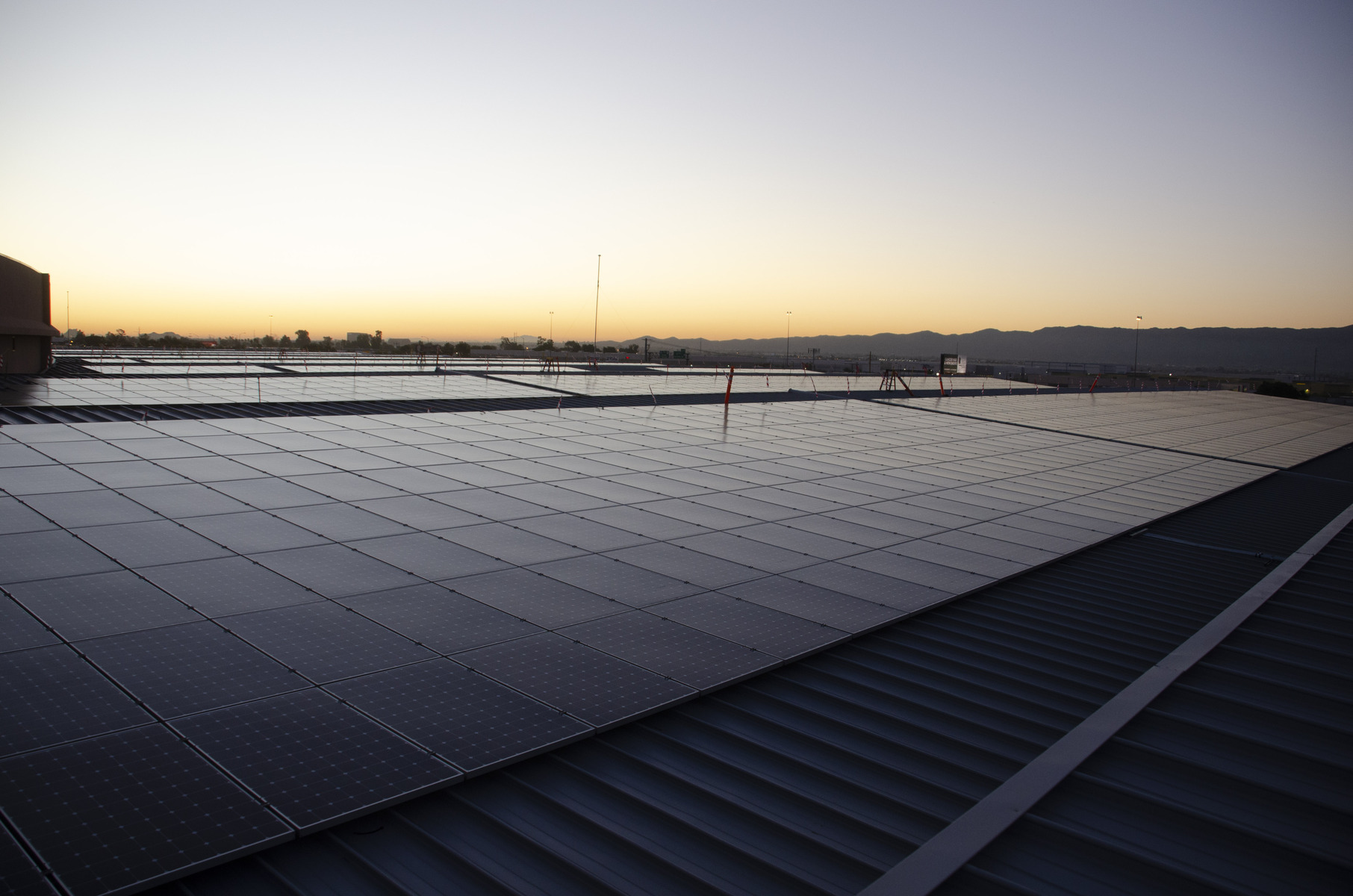
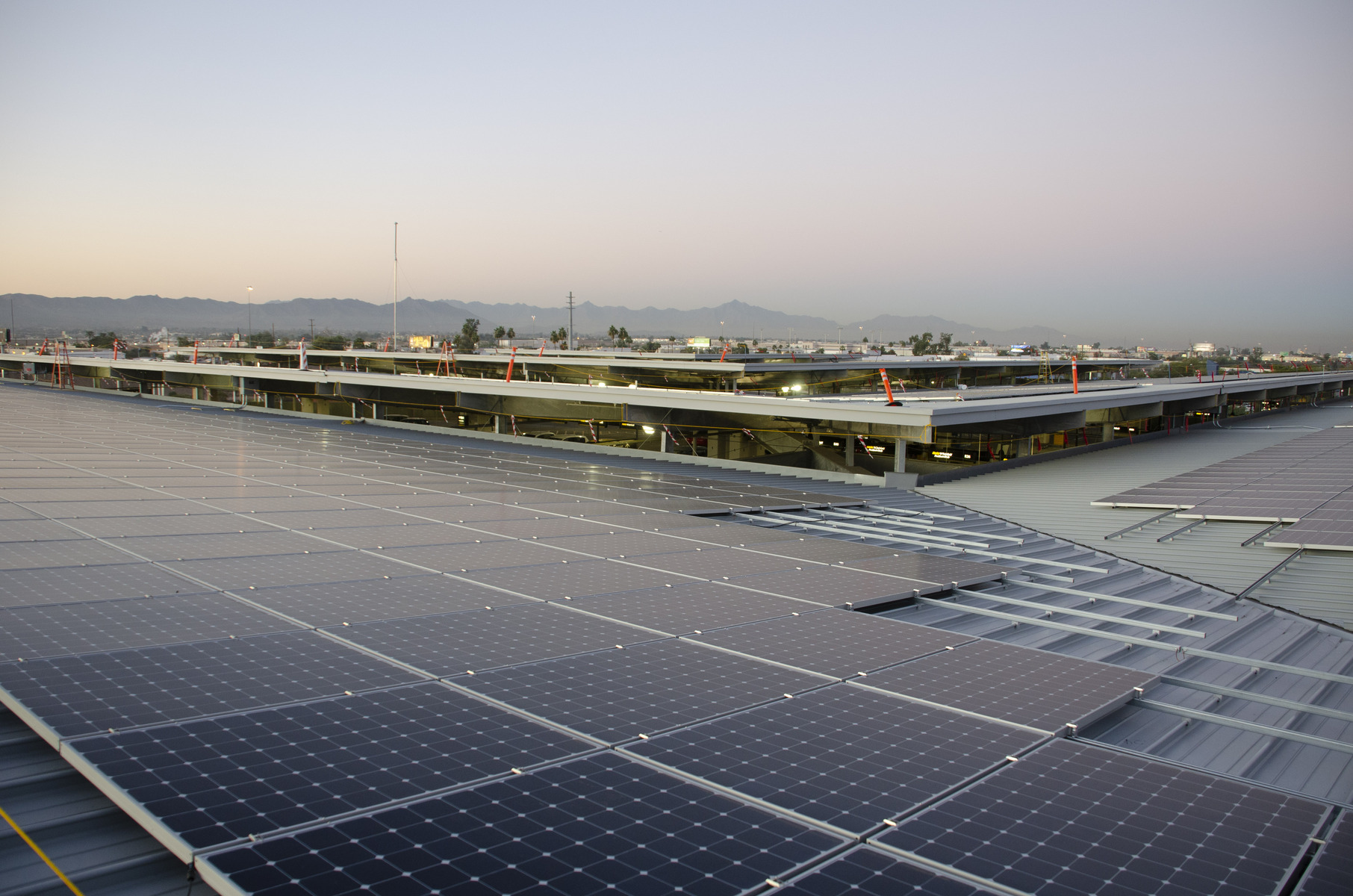
S-5-Z Mini clamps secure the solar array at Sky Harbor International Airport, Phoenix, Arizona
Why choose a Standing Seam Metal Roof (SSMR)?
“Standing Seam” style metal roofing has been in use for more than a millennium on some of the most prestigious buildings in history – Notre Dame, Houses of Parliament, Westminster Abbey, etc. It attaches to the building’s structure or deck with concealed clips folded into the standing seams. The clips enable the roof panels to expand and contract freely in response to thermal cycling. This method of fastening means the weathering surface of the finished roof is penetration-free. So, how do you mount things to a SSMR without violating those two design principals? This has been a perplexity for 1,000 years.
Building owners are faced with the need to mount essential rooftop equipment and ancillary mechanicals – HVAC equipment, screens to hide it, piping and conduit to fuel it, scuttles to access it and walkways to service it. With no “right way” available to mount equipment in years past, such ancillaries were mounted in ways that violated roof integrity. Sadly, the exceptional lifespan of a metal roof was often compromised when it also functioned as a mechanical equipment platform.
Enter S-5! with disruptive innovations (beginning in 1992) that enable the attachment of virtually anything to a SSMR penetration-free—and without violation of the roof’s thermal response, thus solving a 1,000-year old dilemma. The mounting of everything from a satellite dish to a PV solar array became easy. In fact, it is so easy and cost effective that the standing seam roof has arguably become the most user-friendly roof type in the industry!
Today’s SSMR is a time-proven choice for both steep- and low-slope applications and considered by most to be state-of-the-art in metal roofing alternatives. The newer and better news is that the weakness of a SSMR is now the newly found advantage of the most marvelous roof: nearly anything can be mounted to it penetration free, without worry or nuisance.
The perfect platform for solar PV
Today, building owners are adding solar photovoltaics (PV) to augment the power required to run their facilities. The financial prospectus makes sense–turning cash positive in the five to seven-year range, and providing power for decades thereafter. With increasing use of solar on commercial buildings, metal roofing has become a driver for roof type selection in many cases. Costco, FedEx, Whole Foods, Walmart and scores of others are using solar to power stores, offices and distribution facilities. Apple’s widely acclaimed campus in the Silicon Valley boasts one of the largest roof-mounted solar arrays in the world at 7.4 MW—installed over a SSMR.
According to a recent Berkeley study, the service life of solar PV is between 28 and 37 years with an average at 32.5 years. Most alternative roofing systems will expire long before the life of the PV system. This leads to costly disassembly of the PV array, re-roofing and re-assembly. A SSMR provides an ideal platform and is the only commercial roof type that features a service life that exceeds that of the solar PV system.
It is also easier and less expensive to mount solar to a metal roof than any other roof type. In most cases, this cost savings is even sufficient to offset the premium cost of a SSMR. Solar PV can be mounted to the standing seams of the roof with reliable tested and engineered mechanical attachment methods.
Designers should know something about roofing alternatives and service lives in order to bring added value to their clients. With the cost of solar decreasing significantly over the last decade in addition to federal and local incentives, as well as public policy mandates driving the popularity of solar, the breakeven and ROI improves every year. When solar PV is incorporated in building design, a SSMR makes the most sense– financially and ecologically.
The S-5! solution
S-5!, the leading authority on metal roof attachment technology, offers mechanical attachments with fewer components, light-weight materials, better load distribution and a zero-penetration system for SSMRs, while preserving the warranties of the roofs: no holes/no leaks.
Commercial building owners can easily install S-5! attachment solutions engineered for a variety of applications from snow retention to solar arrays, HVAC systems to service walkways and more. For information, videos and webinars, please visit www.s-5.com,.
About Rob
Rob Haddock, the inventor of metal roof attachment solutions, is an award-winning roof-forensics expert, author, lecturer, building envelope scientist and former contractor. He has worked in various aspects of metal roofing for nearly five decades.
Learn more about S-5! in their RoofersCoffeeShop Directory or visit s-5.com.
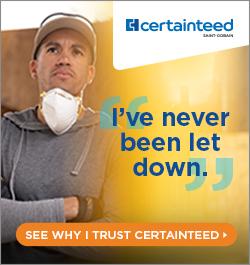
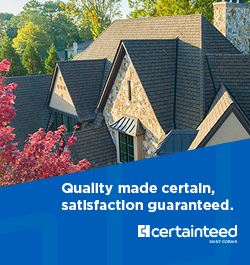
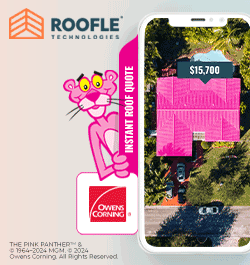

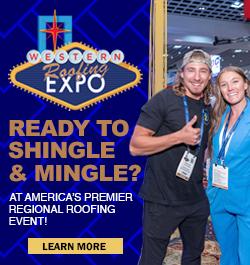








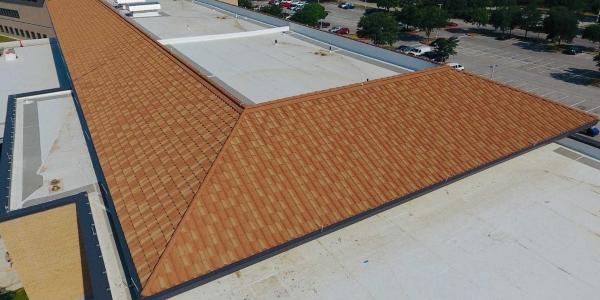
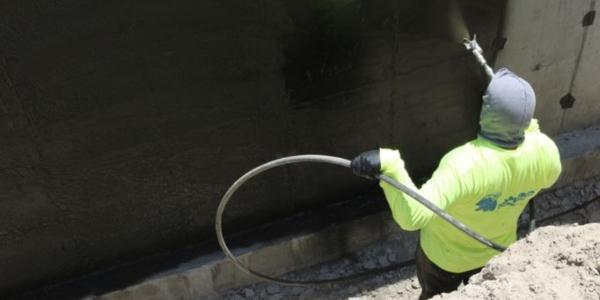
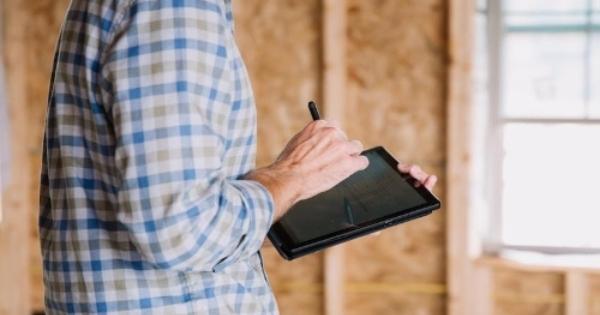



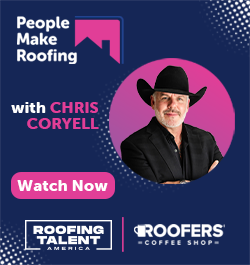
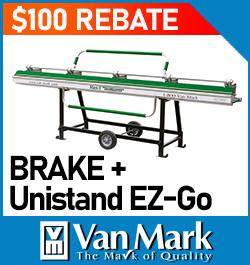

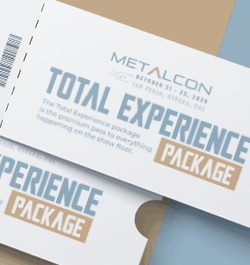
Comments
Leave a Reply
Have an account? Login to leave a comment!
Sign In